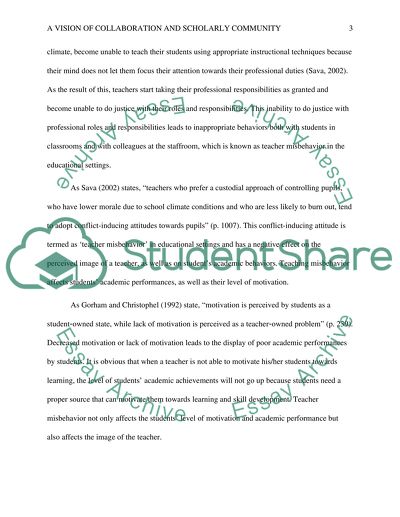Cite this document
(“Teacher Misbehavior Essay Example | Topics and Well Written Essays - 2250 words”, n.d.)
Teacher Misbehavior Essay Example | Topics and Well Written Essays - 2250 words. Retrieved from https://studentshare.org/journalism-communication/1669496-teacher-misbehavior
Teacher Misbehavior Essay Example | Topics and Well Written Essays - 2250 words. Retrieved from https://studentshare.org/journalism-communication/1669496-teacher-misbehavior
(Teacher Misbehavior Essay Example | Topics and Well Written Essays - 2250 Words)
Teacher Misbehavior Essay Example | Topics and Well Written Essays - 2250 Words. https://studentshare.org/journalism-communication/1669496-teacher-misbehavior.
Teacher Misbehavior Essay Example | Topics and Well Written Essays - 2250 Words. https://studentshare.org/journalism-communication/1669496-teacher-misbehavior.
“Teacher Misbehavior Essay Example | Topics and Well Written Essays - 2250 Words”, n.d. https://studentshare.org/journalism-communication/1669496-teacher-misbehavior.


